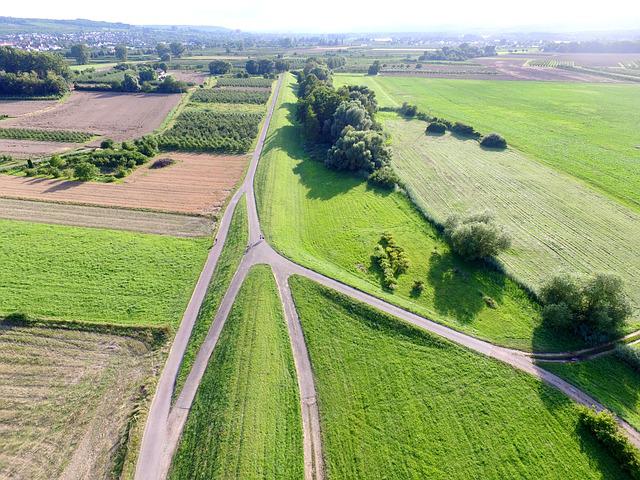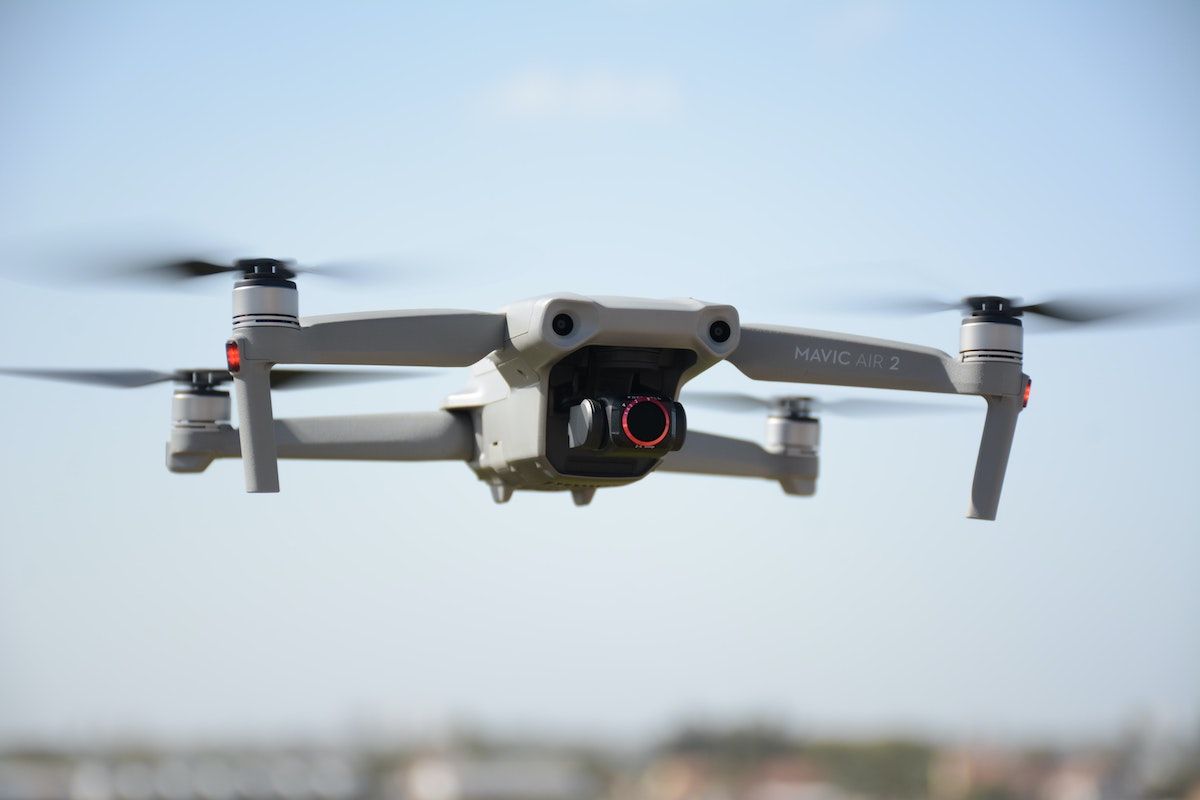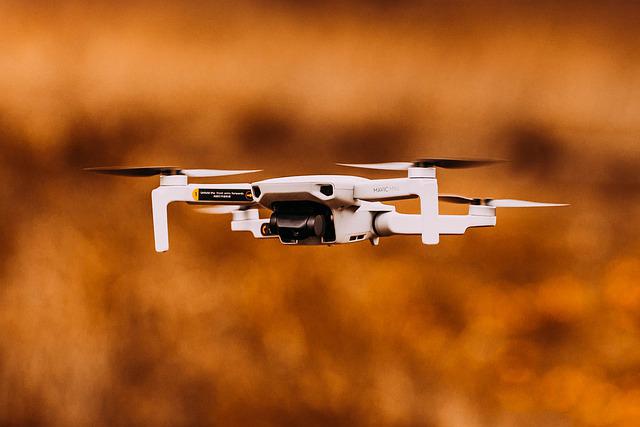
Police drones work quickly and easily without the need for a weapon. They are useful for a variety of purposes, including gathering evidence, identifying criminals, and more. While these unmanned vehicles aren't legal in every state, Minnesota has passed a law requiring yearly reporting on their use. This report documents the use of drones in Minnesota during the year 2020. We'll be discussing the pros and cons associated with police drone use in this article.
Drones used by police officers are easy to use
Police have always been interested and curious about new technology. These drones allow them to achieve this goal with ease. They are equipped with high definition cameras that can zoom in and out to great thermal images. They can also hover for long periods of duration and fly at night. Drones are now a powerful tool for police. However, how do you operate them? Let's examine some of the many benefits this technology offers.
They can be deployed in a shorter time than a search and rescue helicopter
Drone law enforcement can deploy faster than search helicopters or other ground-based responses. Sometimes, the speed with which a drone responds can make the difference between life or death. Drones are able to quickly cover large areas with minimal effort and require no ground resources. The drone's camera can take a detailed picture of any situation and provide it with sensors. This helps first responders locate the subject quickly and safely.

They are unarmed
Congress has not approved the use of drones for monitoring protests or other activities, despite the fact that most drone law enforcement officers do not have weapons. Recent documents obtained by the Electronic Frontier Foundation have revealed that the U.S. Customs and Border Protection has considered arming its drones with non-lethal weapons to immobilize targets. The Electronic Frontier Foundation points out that unarmed drones could pose a danger to safety.
These can be used for evidence collection
A drone is a good way to mark areas and collect aerial information. Many journalists use drones to capture aerial data and not interfere with police drones. However, it is important to not run and hide when a drone follows. Police drones use facial recognition software, and they require a sharp image to identify a suspect. Your safety and that of others is our top priority if you are caught.
They could be used in surveillance
New drones for surveillance are equipped with vibration dampening, brushless motors that reduce noise levels and brushless batteries. This makes it possible to monitor distant areas from afar. Drones can stay in air for longer times than traditional surveillance methods (such as airplanes). This means that it is less possible for intruders or other criminals to escape detection. Drones could provide a high quality image in realtime to enhance the efficiency of security forces and their operational efficiency.

FAQ
What are the rules of operation when using drones?
Register your drone with the FAA. You will need to submit information about your drone including its weight and size as well as operating frequency. It also requires you to obtain an identification number from the FAA.
Which US states make drones legal?
You can legally operate a drone for hobby purposes. The Federal Aviation Administration (FAA), established guidelines that allow individuals to fly small unmanned aircraft systems. These UASs have to be registered with FAA before they are allowed to fly. These UASs can also be flown by commercial operators if they are allowed to fly under certain conditions.
Is it a crime to fly drones?
Yes, flying drones is illegal in some countries such as Australia, Canada, Germany, Japan, New Zealand, Singapore, South Korea, the United Kingdom, and the United States. It is however legal in many other countries such as France.
Is the FAA able to regulate drones?
The FAA oversees all aspects drone operations including safety standards and certification requirements.
Can I fly my drone indoors without a license?
Yes, you can fly your drone indoors. Your home should be free from obstacles and hazards. For example, you should avoid flying near windows, doors, heating vents, air conditioning units, electrical outlets, water pipes, and fireplaces.
Where Are Drones Banned?
The FAA has banned drones in areas near airports and stadiums. They are allowed to fly at night by using GPS technology.
Statistics
- According to ZipRecruiter, the minimum hourly wage of drone pilots is $20. (thedroneu.com)
- According to Indeed, a drone pilot gets paid $25.73 per hour on average in the US. (dronesgator.com)
- Research and Markets predict a growth rate of 51.1% over the next five years. (thedroneu.com)
External Links
How To
How To Fly Drones For Beginners
A drone is a remotely-controlled aircraft that is used for aerial photography and surveillance. Drones are a technology that has been around since World War II. DJI's Phantom series quadcopters were first commercially available in 2010. Since then, there have been many different types of drones available, from beginner-friendly models like the Parrot AR Drone 2.0 to professional-grade multi-rotor craft like the DJI Mavic Pro.
There are many options for flying a drone.
-
Remote control - This method uses a control device attached to your hand, which enables you to steer the drone through its flight path. There are two main types, On/Off switches (like radios) and joysticks.
-
Manual Control - Using a smartphone app, this method allows users to remotely operate the drone via GPS coordinates. Follow the instructions of the app to track the exact location you want the drone go.
-
Autonomous Flying - This allows the drone to take over all of the piloting duties. The drone is able to fly autonomously, without the need for human intervention. A drone must have a builtin camera and sensors capable to capture images and other data.
-
Triggered Flying - This method works in the same way as manual control. However, the pilot has to manually set up a route for the drone and it follows that route until reaching the endpoint. After the program is complete, the drone automatically returns to the ground.
-
Landing Gear: Some drones have landing gear that allows them safely to land in case they lose power or run low on battery.
-
Goggles - Some pilots wear goggles to protect themselves from debris while operating.
-
Camera - You can capture photos and videos with your drone from the air.
-
Obstacles: Some drones are equipped with obstacle avoidance systems to prevent them from hitting obstacles.
-
Speed - Some drones reach speeds exceeding 40 mph.
-
Battery Life - Most drones can last between 20 minutes to 3 hours, depending on how much power you're using.
-
Distance - Some drones can travel up 30 miles depending on the model.
-
Power source - Some drones require an external power source; others work off internal batteries.
-
Weight - Some drones can be as light as 1 pound while others can reach 4 pounds.
-
Size - Drones can range in size from tiny devices that can fit in your palm to heavy crafts that weigh 50 pounds.
-
Price - High-end drones can go for thousands of dollars, while low-cost models start at $100.